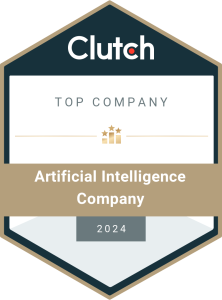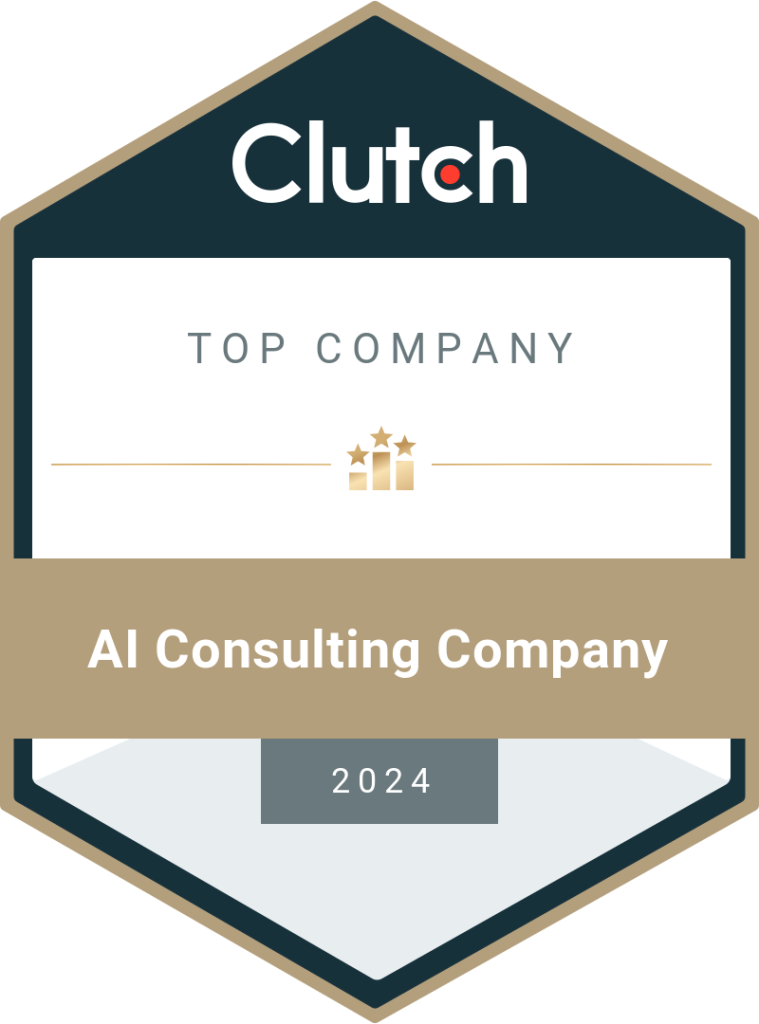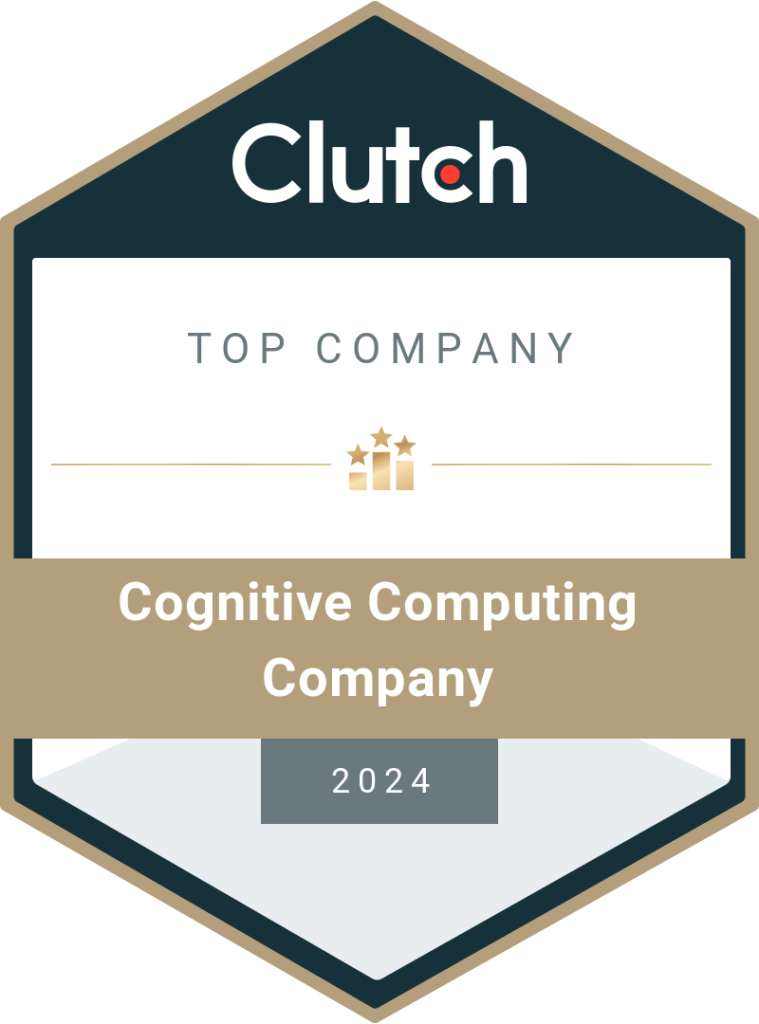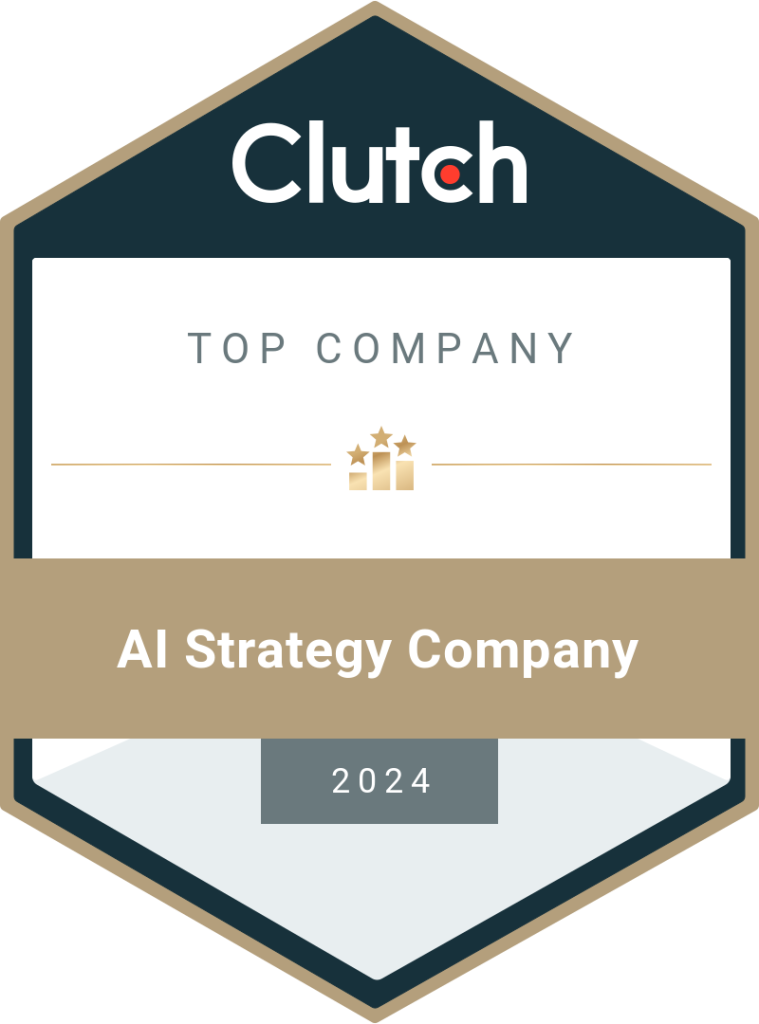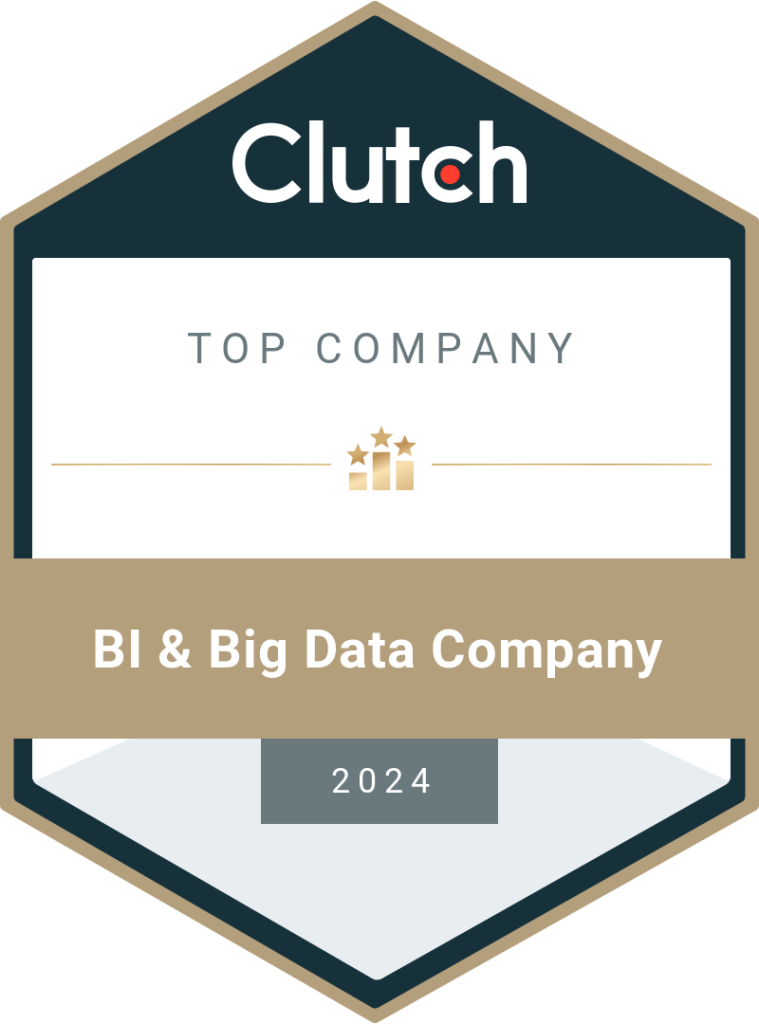Effective Big Data Analytics Use Cases in 20+ Industries
If we have to talk about the modern technologies and industry disruptions that can benefit every industry and every business organization, then Big Data Analytics fits the bill perfectly. The big data analytics market is slated to hit 103 bn USD by 2023 and 70% of the large enterprise business setups are using big data. Organizations continue to generate heaps of data every year, and the global amount of data created, stored, and consumed by 2025 is slated to surpass 180 zettabytes. However, they are unable to put this huge amount of data to the right use because they are clueless about putting their big data to work. Here, we are discussing the top big data analytics use cases for a wide range of industries. So, take a thorough read and get started with your big data journey. Let us begin with understanding the term Big Data Analytics. What is Big Data Analytics? Big data analytics is the process of using advanced analytical techniques against extremely large and diverse data sets, with huge blocks of unstructured or semi-structured, or structured data. It is a complex process where the data is processed and parsed to discover hidden patterns, market trends, and correlations and draw actionable insights from them. The following image shows some benefits of big data analytics: Big data analytics enables business organizations to make sense of the data they are accumulating and leverage the insights drawn from it for various business activities. The following visual shows some of the direct benefits of using big data analytics: Before we move on to discuss the use cases of big data analytics, it is important to address one more thing – What makes big data analytics so versatile? Core Strengths of Big Data Analytics Big data analytics is a combination of multiple advanced technologies that work together to help business organizations use the best set of technologies to get the best value out of their data. Some of these technologies are machine learning, data mining, data management, Hadoop, etc. Below, we discuss the core strengths of big data. 1. Cost Reduction Big data analytics offers data-driven insights for the business stakeholders and they can take better strategic decisions, streamline and optimize the operational processes and understand their customers better. All this helps in cost-cutting and adds efficiency to the business model. Big data analytics also streamline the supply chains to reduce time, effort, and resource consumption. Studies also reveal that big data analytics solutions can help companies reduce the cost of failure by 35% via: 2. Reliable and Continuous Data As big data analytics allows business enterprises to make use of organizational data, they don’t have to rely upon third-party market research or tools for the same. Further, as the organizational data expands continually, having a reliable and robust big data analytics platform ensures reliable and continuous data streams. 3. New Products and Services Because of the availability of a set of diverse and advanced technologies in the form of big data analytics, you can take better decisions related to developing new products and services. Also, you always have the best market and customer or end-user insights to steer the development processes in the right direction. Hence, big data analytics also facilitates faster decision-making stemming from data-driven actionable insights. 4. Improved Efficiency Big data analytics improves accuracy, efficiency, and overall decision-making in business organizations. You can analyze the customer behavior via the shopping data and leverage the power of predictive analytics to make certain calculations, such as checkout wait times, etc. Stats reveal that 38% of companies use big data for organizational efficiency. Actionable Advice for Data-Driven Leaders Struggling to reap the right kind of insights from your business data? Get expert tips, latest trends, insights, case studies, recommendations and more in your inbox. 5. Better Monitoring and Tracking Big data analytics also empowers organizations with real-time monitoring and tracking functionalities and amplifies the results by suggesting the appropriate actions or strategizing nudges stemming from predictive data analytics. These tracking and monitoring capabilities are of extreme importance in: 6. Better Remote Resource Management Be it hiring or remote team management and monitoring, big data analytics offers a wide range of capabilities to enterprises. Big data analytics can empower business owners with core insights to make better decisions regarding employee tracking, employee hiring, performance management, etc. This remote resource management capability works well for IT infrastructure management as well. 7. Taking Right Organizational Decisions Take a look at the following visual that shows how big data analytics can help companies take better and data-driven organizational decisions. Now, we discuss the top big data analytics use cases in various industries. Big Data Analytics Use Cases in Various Industries 1. Banking and Finance (Fraud Detection, Risk & Insurance, and Asset Management) Futuristic banks and financial institutions are capitalizing on big data in various ways, ranging from capturing new markets and market opportunities to fraud reduction and investment risk management. These organizations are able to leverage big data analytics as a powerful solution to gain a competitive advantage as well. Take a look at the following image that shows various use cases of big data analytics in the finance and banking sector: Recent studies suggest that big data analytics is going to register a CAGR of 22.97% over the period of 2021 to 2026. As the amount of data generated and government regulations increase, they are fueling the demand for big data analytics in the sector. 2. Accounting Data is Accounting’s heart and using big data analytics in accounting will certainly deliver more value to the accounting businesses. The accounting sector has various activities, such as different types of audits, checking and maintaining ledger, transaction management, taxation, financial planning, etc. The auditors have to deal with numerous sorts of data that might be structured or unstructured, and big data analytics can help them in: Using big data analytics will also improve regulatory efficiency, and minimize the redundancy in accounting. 3. Aviation Studies reveal that the
Read More